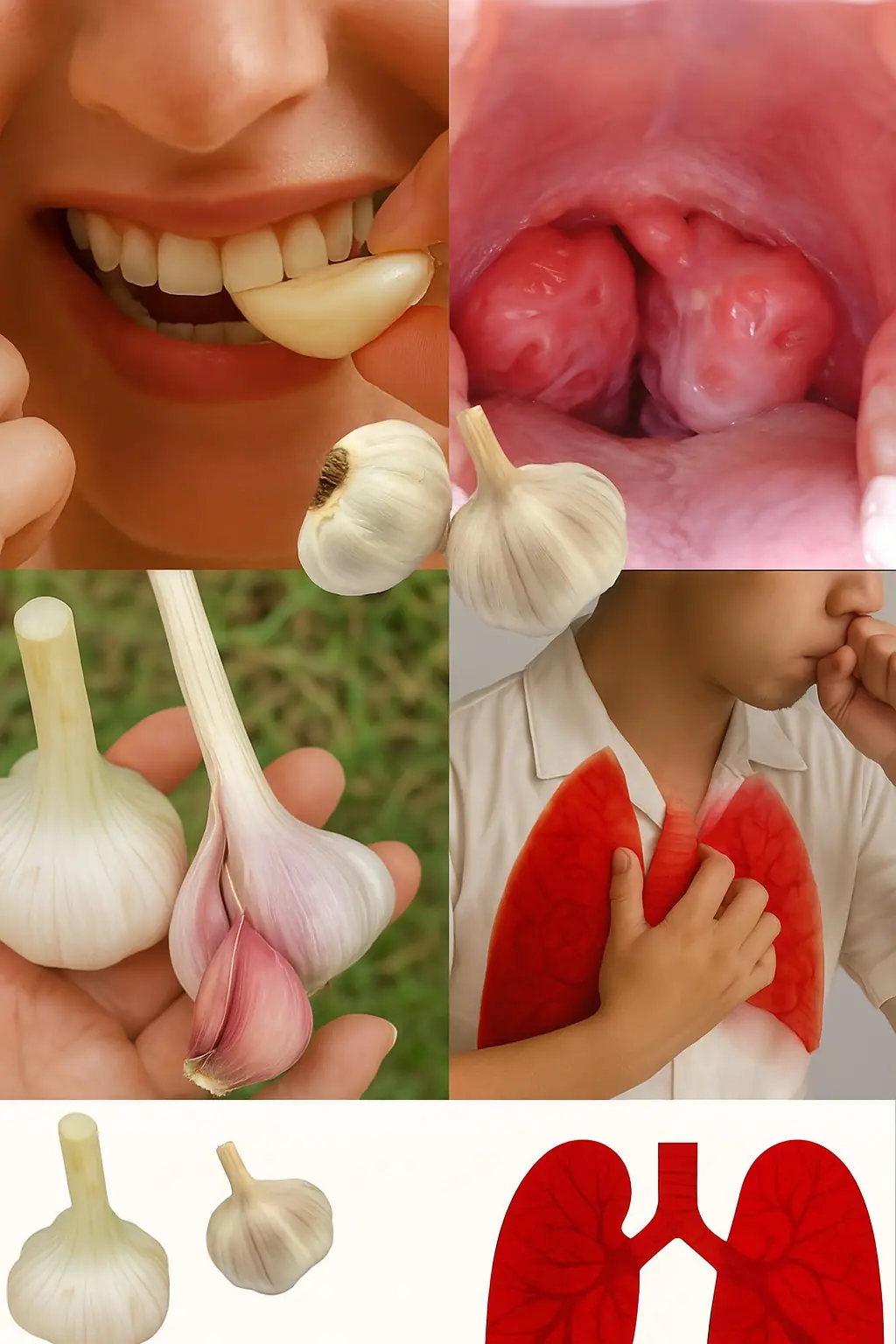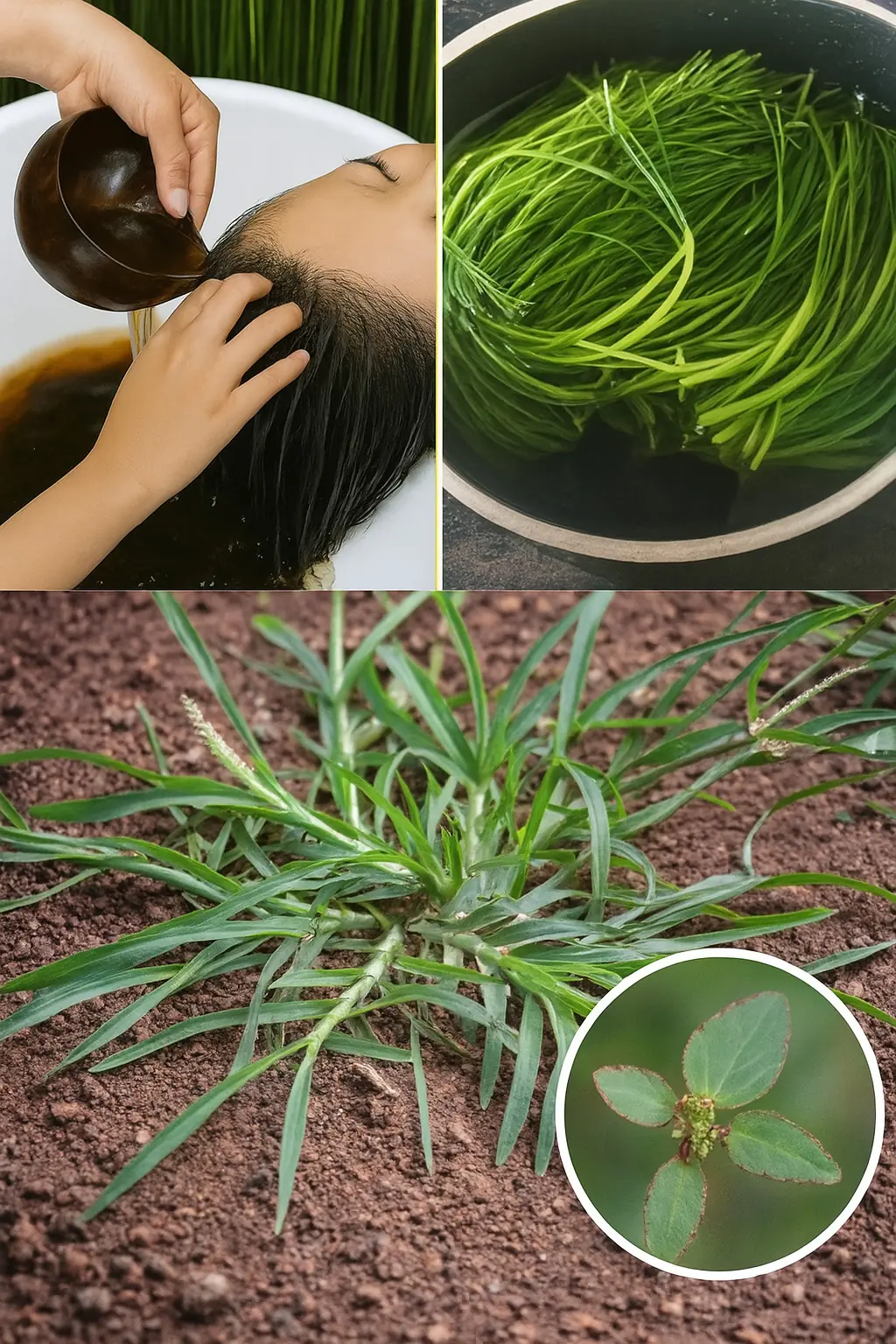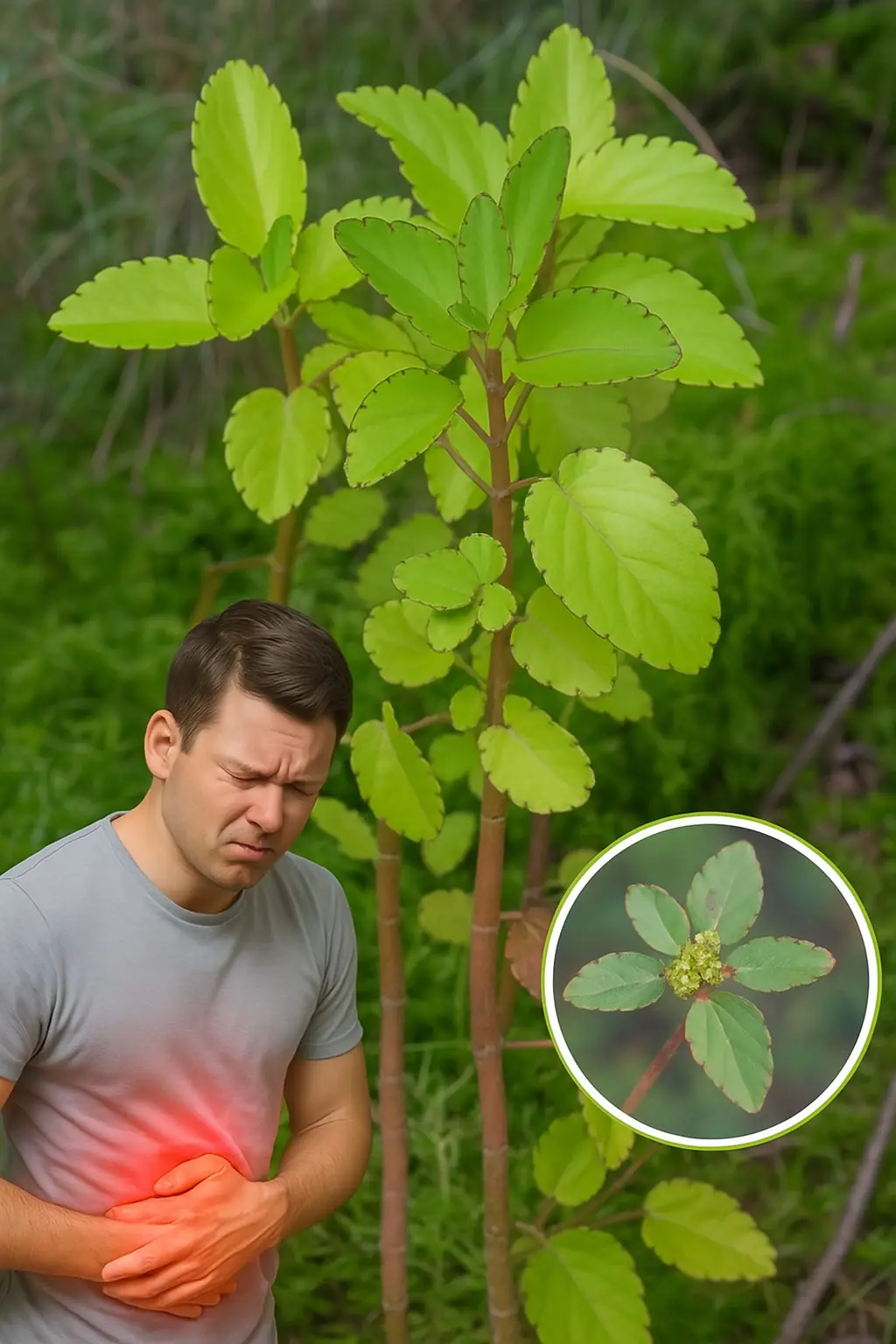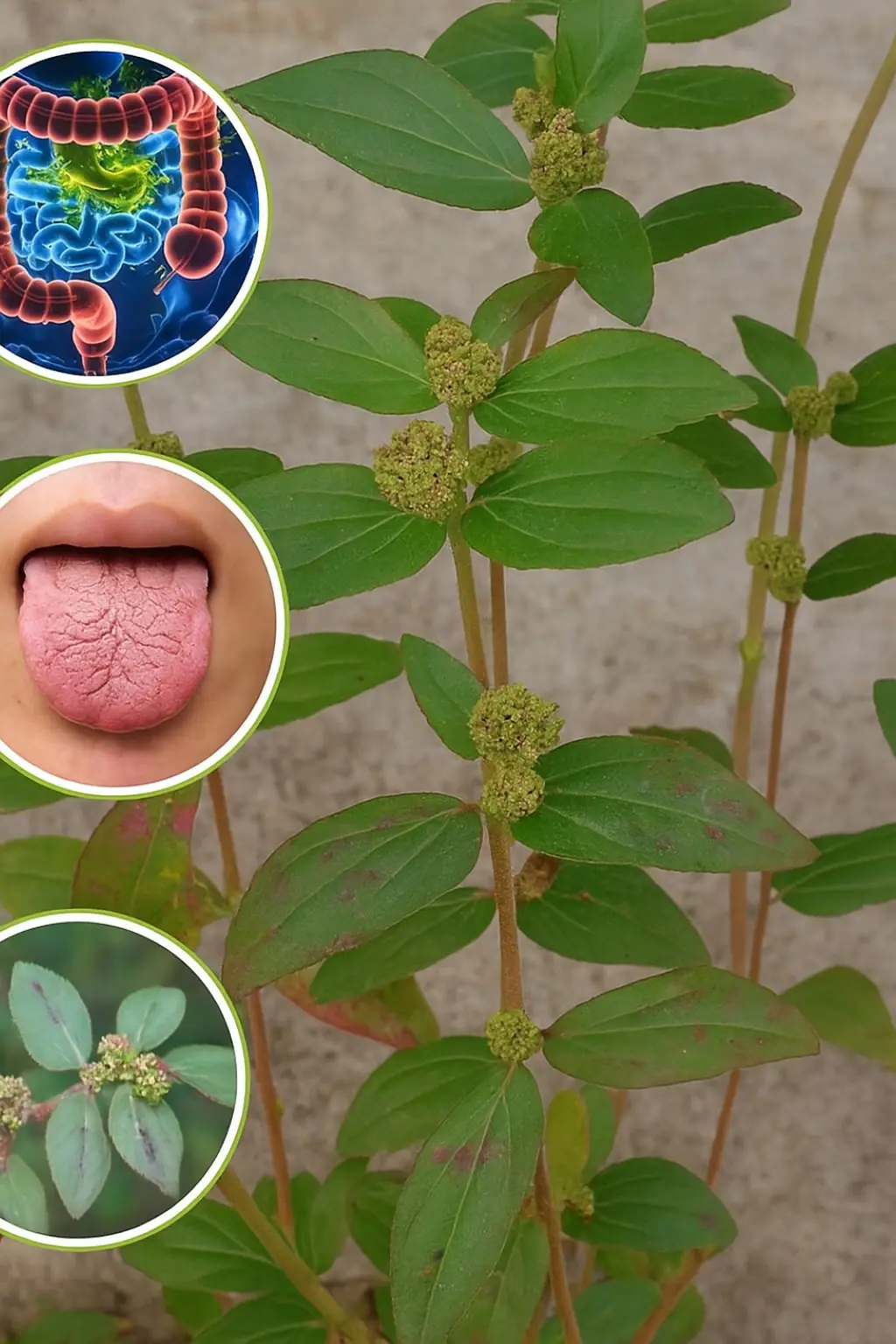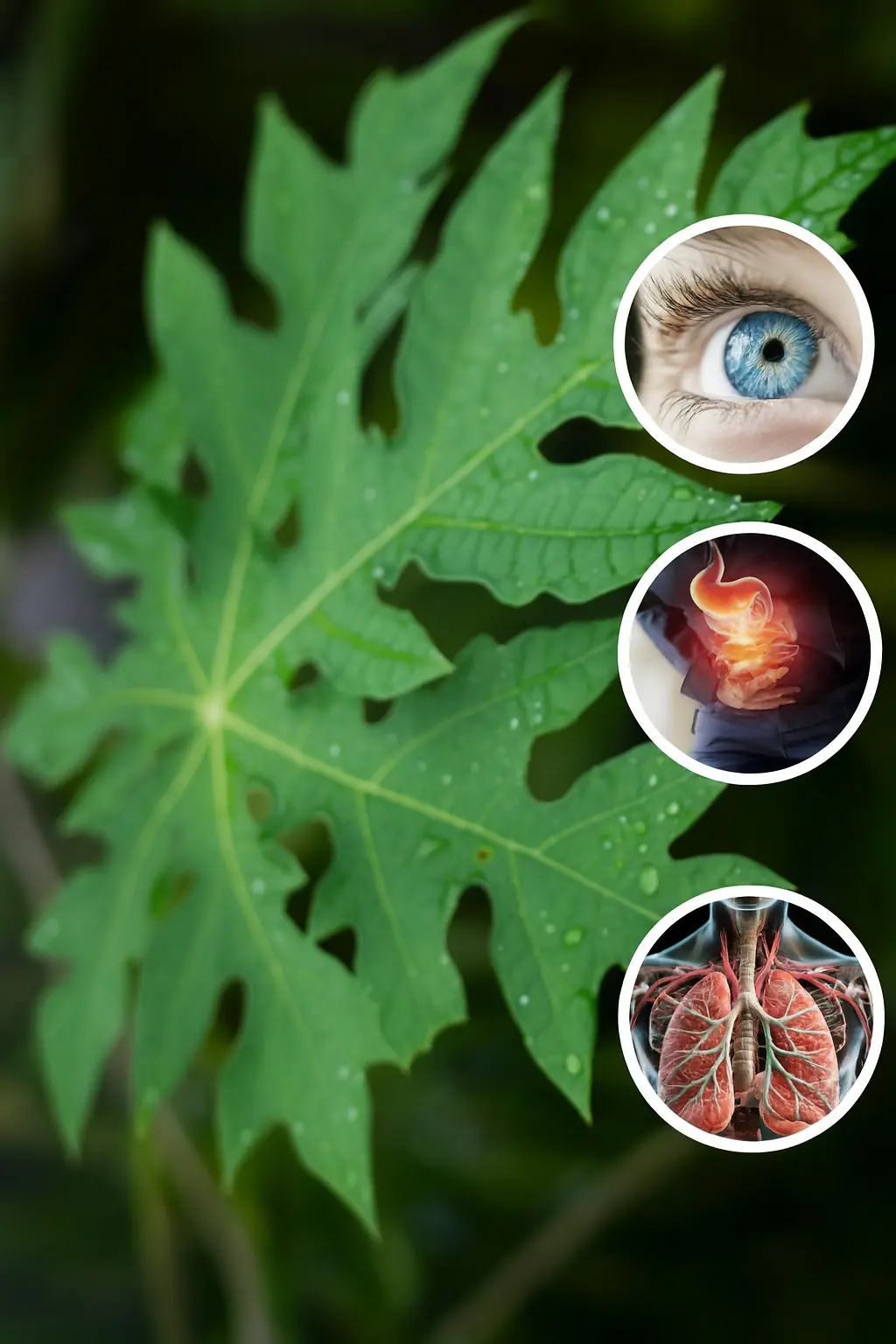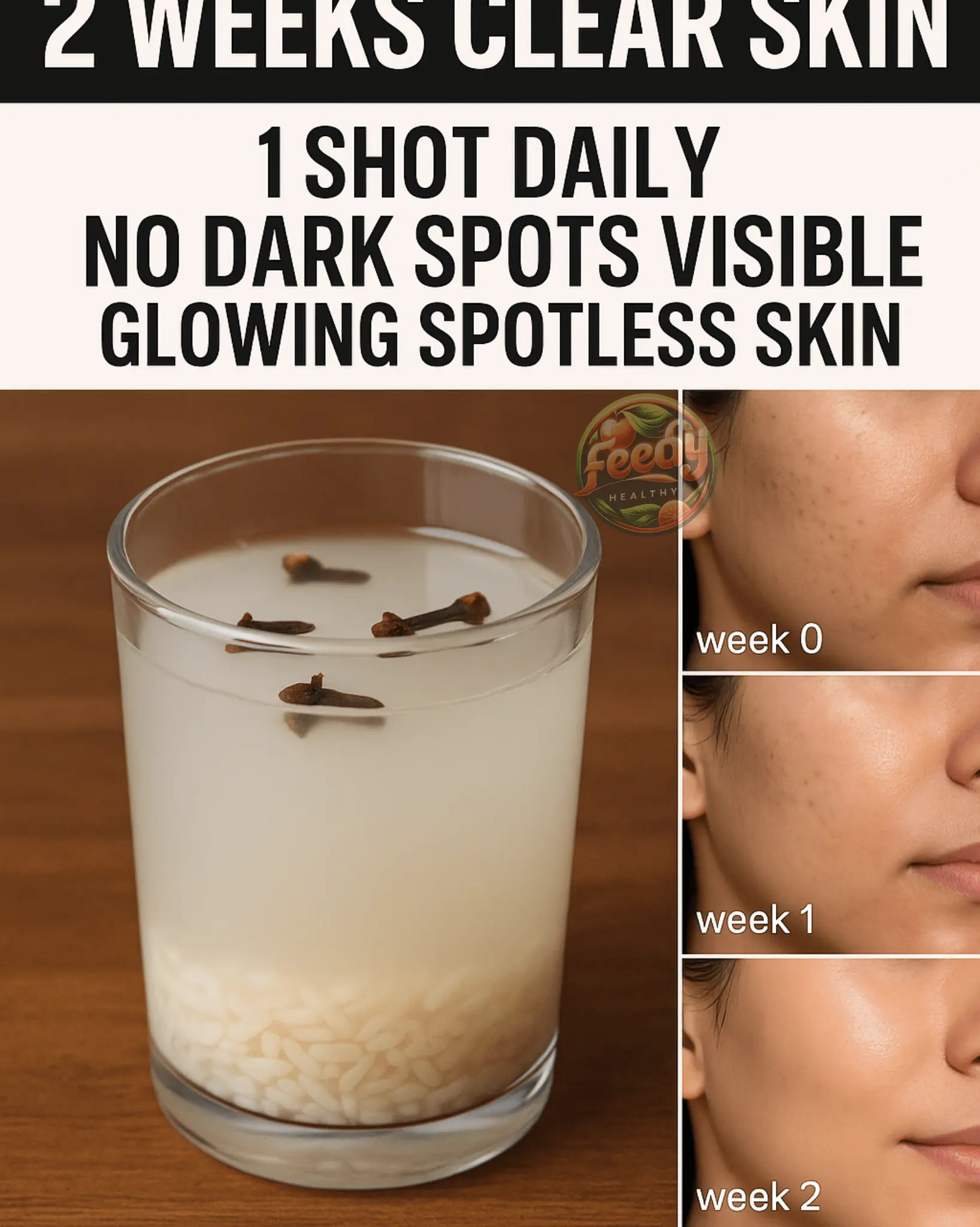
Have you ever walked past a patch of prickly lettuce in your backyard, dismissing it as just another pesky weed? What if that scruffy plant hiding in plain sight could transform your health, calm your mind, or even spice up your meals? Prickly lettuce (Lactuca serriola), often overlooked, is a powerhouse of benefits waiting to be tapped. This article dives into the surprising uses of this humble weed, revealing why it deserves a spot in your wellness routine. Ready to unlock its secrets? Let’s explore how this backyard underdog can become your new go-to superhero! 🌿
What Is Prickly Lettuce, and Why Should You Care?
Prickly lettuce, also known as wild lettuce or compass plant, is a tall, spiky weed commonly found in backyards, roadsides, and neglected fields. With its jagged leaves and small yellow flowers, it’s easy to mistake for a nuisance. But beneath its rough exterior lies a treasure trove of natural compounds that have been used for centuries in traditional medicine and culinary practices.
Why should you care? This plant is more than just a garden intruder. It’s packed with nutrients, offers soothing properties, and can even add a unique twist to your kitchen creations. Whether you’re seeking natural remedies or sustainable foraging options, prickly lettuce is a game-changer.
A Brief History of Prickly Lettuce
Historically, prickly lettuce was revered in ancient cultures. The Egyptians used it in herbal remedies, while Native American tribes valued its calming effects. Today, modern foragers and herbalists are rediscovering its potential, making it a sustainable resource for those looking to live closer to nature.
The Surprising Health Benefits of Prickly Lettuce
Prickly lettuce isn’t just a weed—it’s a wellness warrior. From calming nerves to supporting digestion, its benefits are backed by both tradition and emerging science. Here’s why you should consider adding it to your health arsenal.
Soothes Stress and Promotes Relaxation
Feeling overwhelmed? Prickly lettuce contains lactucarium, a milky sap often called “lettuce opium” for its mild sedative effects. While not as potent as its nickname suggests, it can help calm nerves and promote restful sleep. Herbalists often use it to ease anxiety or tension without the side effects of synthetic remedies.
How it works: Lactucarium interacts with the nervous system to induce a gentle calming effect.
Best for: Those struggling with stress, insomnia, or mild anxiety.
Supports Digestive Health
Struggling with bloating or sluggish digestion? Prickly lettuce’s bitter compounds stimulate digestive juices, helping your body break down food more efficiently. It’s a natural way to keep your gut happy and balanced.
Pro tip: A small dose of prickly lettuce tea before meals can kickstart digestion. ✅
Boosts Skin and Wound Healing
Got a scrape or irritated skin? The leaves of prickly lettuce have anti-inflammatory properties that can soothe minor cuts, burns, or rashes. Its sap has been used traditionally to promote faster healing and reduce discomfort.
Application: Crush fresh leaves and apply as a poultice for quick relief.
Rich in Nutrients
Don’t let its weedy appearance fool you—prickly lettuce is a nutritional gem. It’s loaded with vitamins A, C, and K, as well as antioxidants that fight free radicals. These nutrients support everything from immune health to strong bones.
How to Identify and Harvest Prickly Lettuce Safely
Before you rush to your backyard, you need to know how to spot prickly lettuce and harvest it without a hitch. Misidentifying plants can lead to trouble, so let’s break it down.
Identifying Prickly Lettuce
Here’s how to recognize this superhero weed:
Leaves: Jagged, lobed, and spiky along the edges, often with prickly hairs on the underside.
Stem: Tall (up to 6 feet), hollow, and exudes a milky sap when broken.
Flowers: Small, yellow, dandelion-like blooms that appear in summer.
Location: Thrives in disturbed soils, like gardens, roadsides, or vacant lots.
Caution: Always confirm identification using a field guide or app to avoid confusing it with toxic look-alikes like sow thistle.
Harvesting Tips
To safely harvest prickly lettuce:
Wear gloves: The prickly leaves can irritate skin.
Choose young plants: Younger leaves are tender and less bitter.
Cut cleanly: Use scissors to snip leaves or stems to avoid damaging the plant.
Wash thoroughly: Rinse leaves to remove dirt or insects.
Harvest sustainably: Take only what you need to allow the plant to regrow.
Safety note: Avoid plants near roads or areas sprayed with pesticides to prevent contamination.
How to Use Prickly Lettuce: A Step-by-Step Guide
Ready to harness the power of prickly lettuce? Here’s a simple process to prepare and use it at home, whether for health or culinary purposes.
Step-by-Step Process for Preparing Prickly Lettuce Tea
This calming tea is perfect for stress relief or better sleep. Follow these steps for a soothing brew.
Ingredients:
1–2 fresh or dried prickly lettuce leaves
1 cup boiling water
Optional: Honey or lemon for flavor
Instructions:
Harvest and clean: Collect young leaves and rinse thoroughly.
Chop finely: Cut leaves into small pieces to release their compounds.
Steep: Place leaves in a cup, pour boiling water over them, and steep for 10–15 minutes.
Strain: Remove leaves using a fine mesh strainer.
Enjoy: Sip slowly, adding honey or lemon if desired.
Dosage: Start with 1 cup per day to assess tolerance, as large amounts may cause drowsiness.
Culinary Uses: Adding Prickly Lettuce to Your Meals
Prickly lettuce can add a nutty, slightly bitter flavor to dishes. Here are a few ideas:
Salads: Use young, tender leaves in place of arugula for a peppery kick.
Smoothies: Blend with fruits like apples or berries to mask bitterness.
Sautés: Cook with garlic and olive oil for a nutritious side dish.
Tip: Blanch leaves briefly to reduce bitterness before cooking. 🔥
Topical Application for Skin
For minor wounds or irritation:
Crush fresh leaves into a paste.
Apply directly to the affected area.
Cover with a clean bandage and leave for 20–30 minutes.
Rinse off and pat dry.
Precautions and Things to Know Before Using Prickly Lettuce
While prickly lettuce is generally safe in moderation, there are a few things to keep in mind to avoid unwanted effects.
Potential Side Effects
Drowsiness: Overuse of lactucarium can cause excessive sleepiness.
Allergies: Some people may be sensitive to the plant’s sap or compounds.
Digestive upset: Large amounts may cause nausea or stomach discomfort.
Who Should Avoid It?
Pregnant or breastfeeding women should consult a doctor before use.
Those on sedatives or medications for anxiety should avoid combining with prickly lettuce.
People with allergies to plants in the daisy family (like ragweed) should be cautious.
Consult a Professional
Always talk to a healthcare provider before using prickly lettuce for medicinal purposes, especially if you’re on medications or have chronic health conditions.
Why Prickly Lettuce Deserves a Place in Your Life
Prickly lettuce is more than a weed—it’s a versatile, natural resource that can enhance your health, elevate your meals, and connect you with nature. By learning to identify, harvest, and use it safely, you can tap into its benefits without spending a dime. Whether you’re sipping a calming tea, tossing leaves into a salad, or soothing a scrape, this plant proves that sometimes the best remedies are growing right under our noses.
Start Small, Dream Big
Begin with a simple tea or salad and experiment as you grow comfortable. The beauty of prickly lettuce lies in its accessibility—no garden, no problem! It’s waiting in your backyard or a nearby field, ready to transform your approach to wellness.
What’s stopping you from giving this superhero weed a try? Forage responsibly, follow the steps above, and unlock the hidden power of prickly lettuce today. Your body, mind, and taste buds will thank you! 🌱







